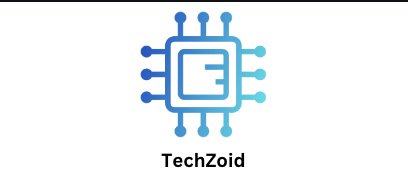Comprehending KrutiDev to Unicode Converter: Filling the Gap Between Conventional and Contemporary Hindi Fonts
KrutiDev: What is it?
In India, KrutiDev is a traditional Devanagari typeface that is frequently used for typing Hindi, particularly in government examinations, secretarial work, publishing, and desktop publishing (DTP) programs. Instead of using Unicode encoding, it represents Hindi glyphs using ASCII characters. This indicates that the content displayed on the screen (in Hindi) is really written using keyboard mappings from English, which renders it incompatible with typical Unicode systems.
Without the relevant font installed, texts written in this font cannot be correctly read or presented on contemporary systems because Krutidev uses visual character mapping instead of linguistic encoding. Additionally, it complicates operations like text search, indexing, and translation—particularly with mobile devices or web-based apps.
Overview of Unicode
Every character in a variety of languages and scripts is given a unique code by the global character encoding standard known as Unicode. Unicode, as opposed to Krutidev, allows text to be represented and altered consistently across devices, applications, and systems. Unicode has emerged as the standard of choice for typing and displaying languages, including Hindi, as a result of the rise in internet usage and digital globalization.
Better interoperability with databases, search engines, online apps, and translation tools is made possible by using Unicode. It guarantees that a Hindi-written document may be accurately read and understood on any machine without the need for a particular typeface.
The Requirement to Convert Krutidev to Unicode
A large portion of Hindi text, particularly in government archives, test papers, and administrative records, still persists in Krutidev format since it was widely utilized before Unicode became widely used. This presents a number of difficulties:
Restricted Accessibility: Unless the font is installed on the reader’s computer, text in Krutidev cannot be read.
Incompatibility: Legacy typefaces are frequently incompatible with modern devices, websites, and programs, rendering them useless online.
Data Migration: To guarantee future accessibility, organizations looking to digitize their records must find a method to convert Krutidev documents into Unicode.
Krutidev to Unicode converters are useful in this situation. These programs make it possible to use legacy documents on contemporary systems by automating the process of mapping Krutidev characters to their equivalent Unicode characters.
The Operation of a Krutidev to Unicode Converter
A Krutidev to Unicode converter is a piece of software that may be downloaded as desktop programs, web services, or browser plugins. It converts text encoded using Krutidev to Unicode. Every ASCII character or sequence in Krutidev is mapped to the equivalent Unicode character in the Devanagari script using a predetermined character map.
For instance, if seen without the typeface, a word entered using Krutidev would look like a tangle of Latin letters. In order to make this content accessible and useful in normal Hindi script on any device or piece of software, the converter processes it and substitutes each character with its appropriate Unicode counterpart.
For large-scale digitization operations, some sophisticated converters further offer batch conversion, file uploads (such as DOC, TXT), and formatting preservation.
Advantages of Using a Unicode to Krutidev Converter
Greater Compatibility: You don’t have to worry about font problems when using converted text in emails, blogs, mobile applications, or online content.
Searchability: Information may be found and shared more easily thanks to search engines’ ability to index unicoded text.
Language Processing: Unicode makes it possible to integrate translation, speech-to-text, and natural language processing technologies more effectively.
Content Preservation: To guarantee long-term accessibility, older materials can be saved in a format that is future-proof.
Conclusion
More than merely a technical tool, the Krutidev to Unicode converter serves as a link between Hindi digital communication’s past and present. Tools like this help India’s ongoing digital transformation by ensuring that important data stored in outdated forms is preserved and rendered relevant and useable in the modern digital environment. Understanding and using Krutidev to Unicode converters is crucial for preserving the continuity and accessibility of Hindi language data in a contemporary, Unicode-driven environment, regardless of your role—government official, content provider, student, or archivist.
